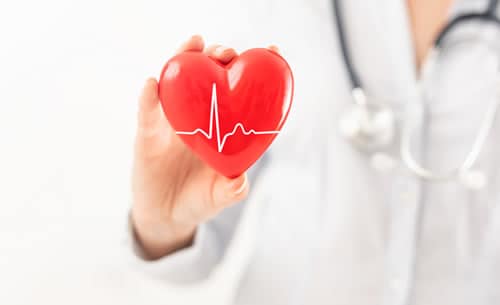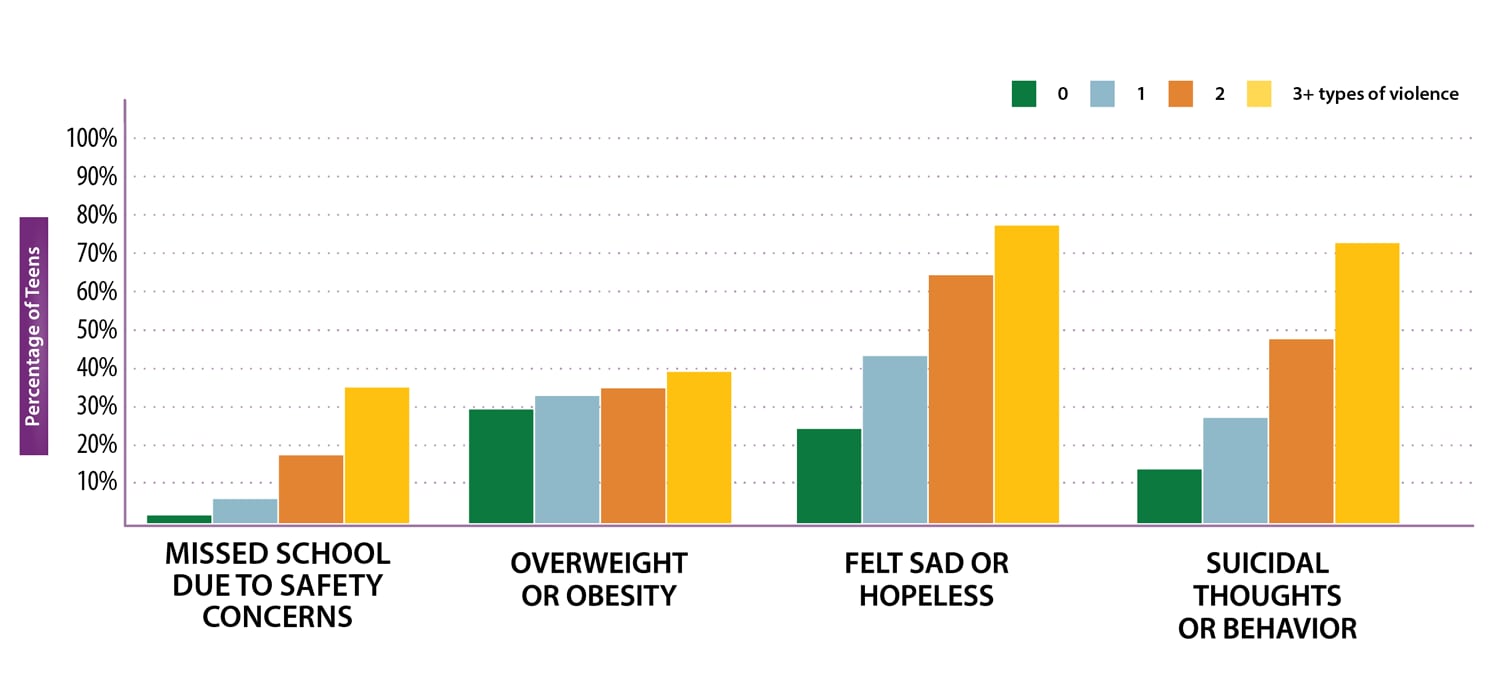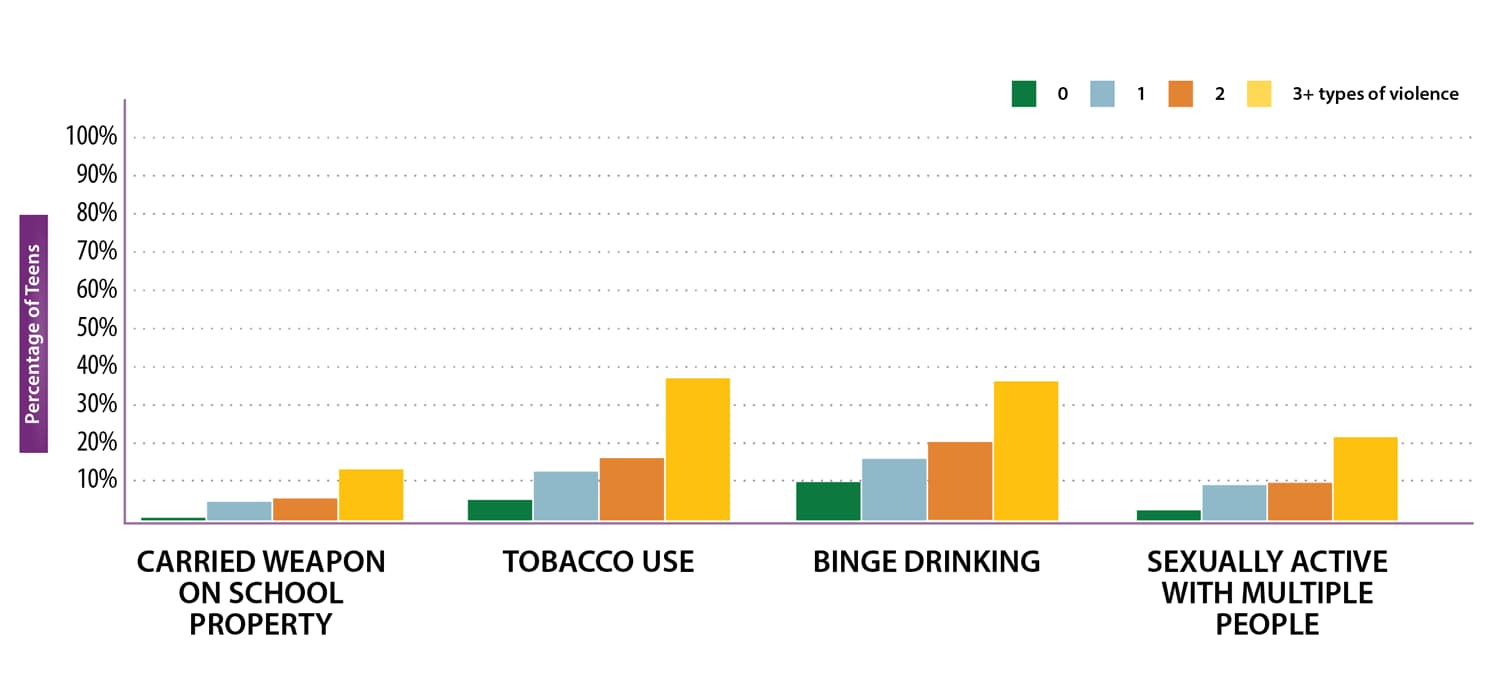"A number of federal laws aim to protect the health, safety, and well-being of animals under
human control. These laws extend to pets, domesticated livestock, service animals, test subjects,
and wild animals kept for exhibition, scientific, or educational purposes, among others. Some of
them prohibit specific harmful acts, others prescribe standards for certain types of activities, and
others require owners to have permits and meet certain criteria to possess various types of
animals. This report provides brief summaries of federal laws that aim to protect domesticated and captive animals. The laws,
or components thereof, that address animals owned by humans represent a subset of the federal laws that aim to protect and
conserve animals.
A principal statute governing the humane treatment of animals is the Animal Welfare Act (AWA). Enacted in 1966, the
AWA “is the only Federal law in the United States that regulates the treatment of animals in research, exhibition, transport,
and dealers,” according to the Department of Agriculture. The AWA prescribes the minimum standards of care for certain
animals that are used for research, sold or transported commercially, or exhibited to the public. Other statutes and policies
refer to the AWA as the “minimum acceptable standard” for animal care and use..."
Federal law and animals



